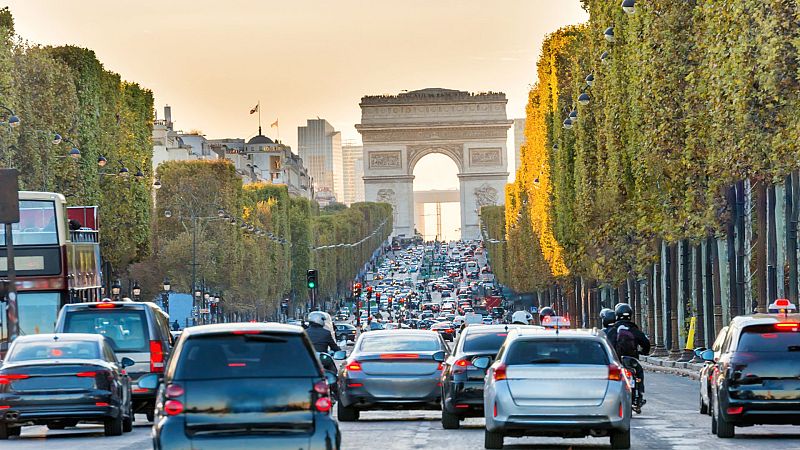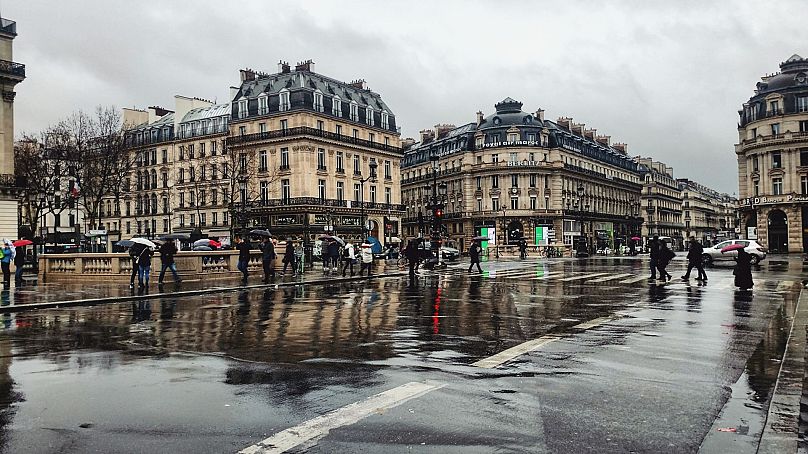Paris follows major European cities with introduction of car-free zones - and residents don't notice

On an early November morning, Parisians woke up to potentially more traffic-free streets, as a new ban on motorists in the first four arrondissements of central Paris came into effect.
Some forty signs had appeared overnight indicating the entrance to a new limited traffic zone, or ‘ZTL’, which was put in place by the city council.
Only certain vehicles, such as emergency vehicles, buses, taxis, and people with reduced mobility and motorists residing or working in the area, will be allowed to drive through the ZTL.
It covers an area of approximately 5.5 square kilometres where 100,000 people live.
‘Destination journeys’ that start and end in the zoned area are also allowed, such as going to a medical appointment, shopping or visiting the theatre.
City officials hope that this initiative will help reduce noise and air pollution in the capital’s centre.
The air in Paris is currently ranked as moderately polluted with a fine particulate matter of 10.5 μg/m3, according to the New European Environment Agency. To protect health, the World Health Organisation recommends a maximum level of 5 μg/m3 for long-term exposure.
The scheme is also expected to reduce the volume of traffic in the busiest streets, including a 30 per cent reduction on the popular thoroughfare of Avenue de l'Opéra and a 15 per cent decrease on Boulevard de Sébastopol, further east.
‘I’m not at all aware of it’ say residents about the new anti-traffic measures
Paris is the latest major city to focus on fewer vehicles, following in the footsteps of Madrid, Milan, London and Rome.
Yet many Parisians haven’t noticed or simply don’t care about the new measures.
There are currently no visible controls or checks along the banks of the River Seine. Some denounce the scheme as unenforceable and warn that it could lead to traffic jams and disruptions, as well as lower the pedestrian footfall of this key commercial area.
Within just a few hours, David Belliard, the environmentalist deputy in charge of transport at the city hall had responded to critics of the scheme on his X account, informing residents that this shouldn’t impact the city’s cultural attractions and shops.
Tongue-in-cheek, Belliard highlighted that, “There has been a metro serving this area for 120 years. Maybe this is the opportunity to try it?”
One resident said that it won’t affect her: “I have a very limited opinion, as I’m Parisian: I don’t own any vehicles, and I ride my bike.”
Plans are underway for the municipal police and for civic service volunteers to be on site over the next six months to raise awareness of the new ZTL.
What penalties are in place if you enter the traffic-free zone?
It’s expected that in the initial weeks and months there will be no enforced penalties if motorists choose to ignore the ZTL. But after the “initial phase of education”, the municipality is planning to start controlling and fining unauthorised drivers up to €135.
Belliard has hinted at cameras being installed at the ZTL’s entry and exit points to read licence plates, but the city’s regulations would first need to change to allow these automatic checks.
In order to avoid the fines, it’s expected that drivers will need to make a case for access to the zone by completing a self-declaration form online, with proof of the reason for their travel, such as purchase receipt for the theatre or restaurant bills.
Drivers will also need to carry their resident card in case they need to present it at any future checks.
Yesterday


